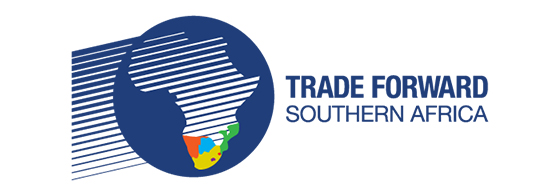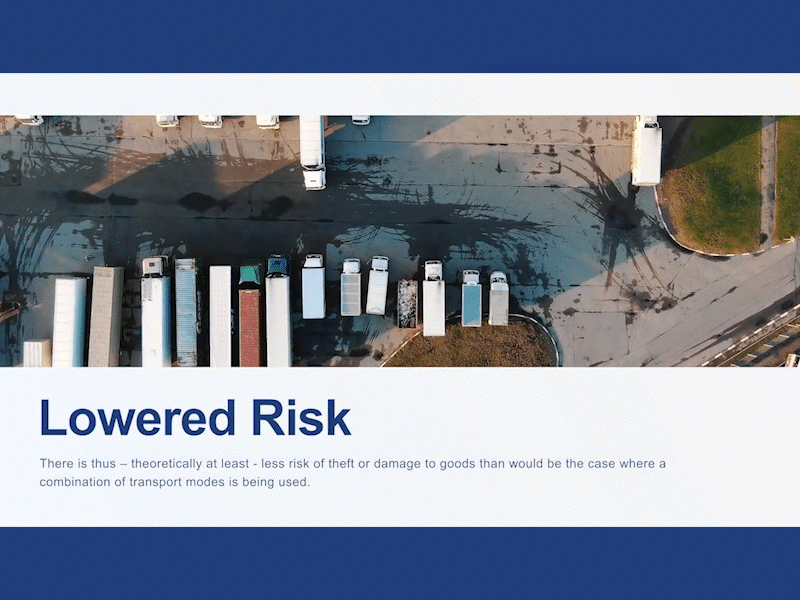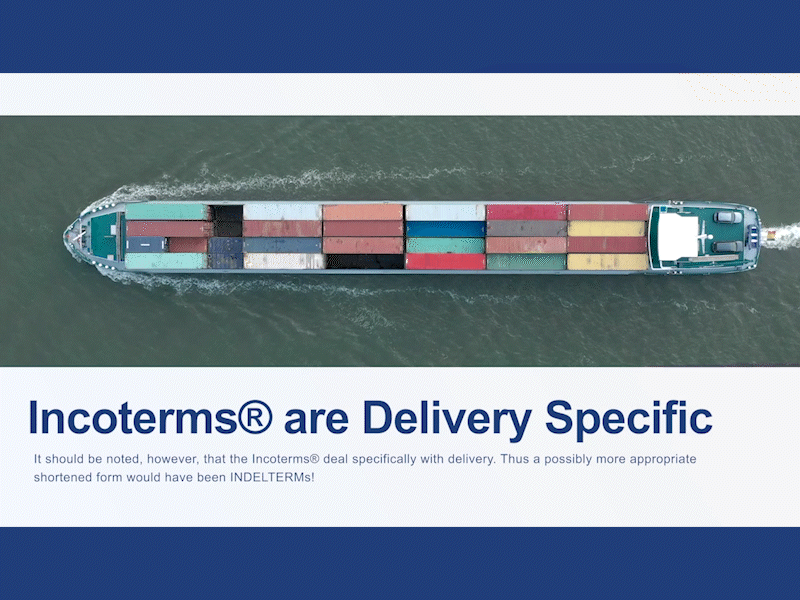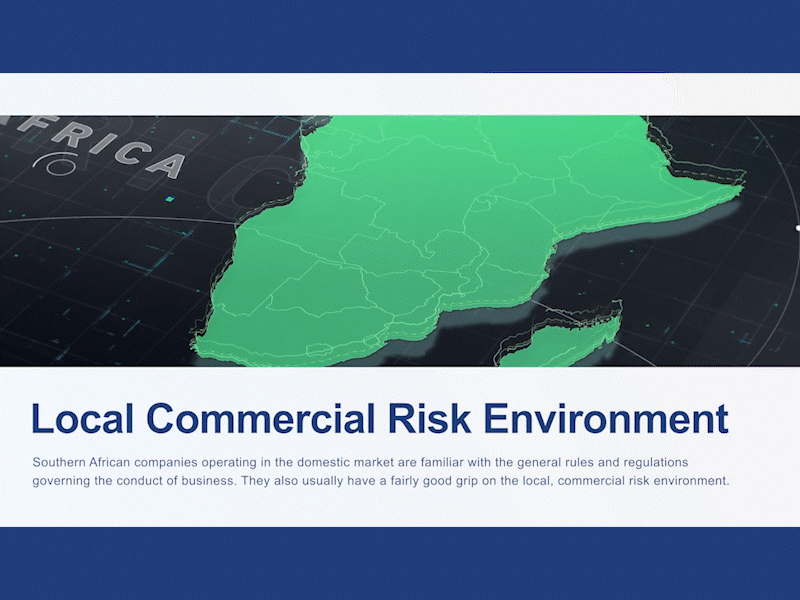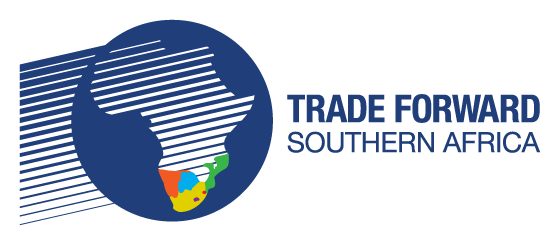Course 4: Customs Affairs
Module 2: International Customs Practice
Module Rating
Module 2 of 5
~30 minutes
3 Topics
Multiple Assessments
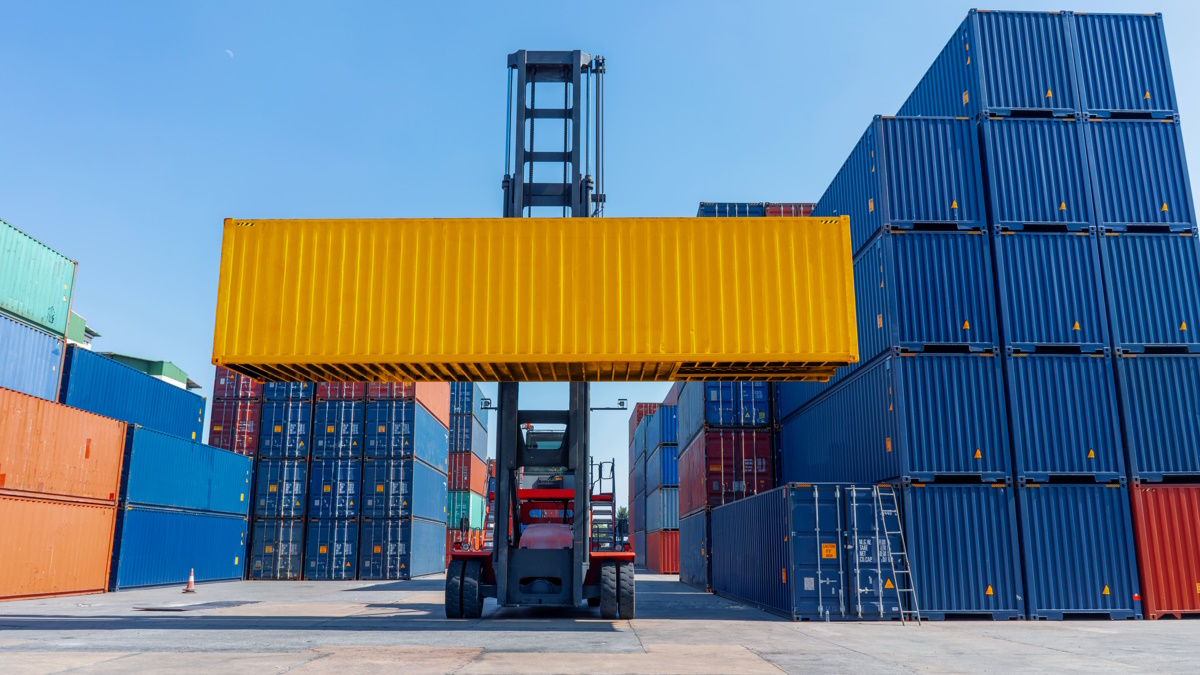
The International Customs Practice module forms part of the eighth stage of learning offered by the TFSA School of Export. This new module focuses on the role of customs in an international trade transaction,and registration as an exporter for customs purposes. This new module also touches on customs control measures administered by customs authorities and the information they require to ensure the correct import/export control measures have been applied. The course concludes the topic with customs clearance procedures for exports or imports and the circumstances under which a refund, drawback or rebate of duty is applicable.
If you have not, check out Module 1 which forms part of Course 8: Customs Affairs, alternatively if you are up to date, click on the button below to start the module on International Customs Practice.
Who is this Module for?
Businesses & Organisations
looking to expand their knowledge of international customs practice
Governmental Organisations
looking to stay current on customs best practice
Entrepreneurs & Individuals
that is export ready and looking to make informed decisions related to processing their products for customs clearance
Trade Consultants
looking to looking to optimise their export business
Businesses & Organisations
looking to expand their knowledge on international customs practice
There has been a ton of work and progression to move the global economy towards free and open trade. Most governments still impose restrictions on goods entering and leaving their countries. This is usually done through the introduction of import and export control, which is facilitated by the country’s customs authority. It is important to understand that fulfilling these mandates means mainly focusing on types, amounts and values of goods imported into their territories rather than the types, amounts and values of goods imported into their territories. This is well reflected in the fact that traded goods are subject to far fewer export controls than import controls. This means that, depending on whether you are exporting or importing, you will be either directly interacting with, or via a clearing agent with either country’s customs authority or that of a foreign country.
This module covers the role of customs in an international trade transaction, which includes registration as an exporter for customs purposes. It also covers customs control measures, including both tariffs and non-tariffs and the basis for their application. Examples of this include the types of goods’ description, their origin and their value. The module also breaks down procedures for exports, such as documentary requirements. This also includes customs clearance procedures for imports and their documentary requirements. Once these topics have been thoroughly explained, the next step is to explain key terminology and processes, such as claiming duty drawbacks, refunds and rebates for imported components used in products intended for export or subsequently exported.
The first topic of the module is focused specifically on the role of customs in an international trade transaction and registration as an exporter for customs purposes. We will look into the three primary functions of customs officials that need to be performed in the clearance of goods for export or import purposes. Followed by a run down of the correct documentation required to support the clearance of all goods concerned. We then round the topic off with the duties and taxes collected on particular goods, if applicable.
By the end of this module you should be able to describe the role played by customs authorities in international trade transactions. Explain the importance of registration as an exporter for customs purposes and be able to access information relevant to the particular procedures of your country’s exporter registration process. You should also be able to identify the various customs control measures that customs authorities are tasked with implementing. Identify the information customs authorities require to administer customs procedures and implement customs control measures effectively. You should also be capable of indicating the documentary requirements for successful customs clearance for both imports and exports, and identify the circumstances under which a rebate, drawback and refund apply to an exporter or importer.
Topic 1: The role of customs in an international trade transaction and registration as an exporter for customs purposes
Topic 2: Customs control measures administered by customs authorities and the information they require to ensure the correct import/export control measures have been applied
Topic 3: Customs clearance procedures for exports or imports and the circumstances under which a refund, drawback or rebate of duty is applicable
International Customs Practice forms part of the eighth stage of the TFSA School of Export’s newest learning modules focused on furthering the learner’s export knowledge. If you are looking for export assistance, this is your ultimate source. Every course and the subsequent module has been developed and curated by the International Trade Institute of Southern Africa and Trade Forward Southern Africa. The entire training course is free of charge and can be completed by individuals and organisations alike. If you know anyone that would be interested, share this module with them using the link below. We would also love your feedback, so drop us a review once you have completed the module.
